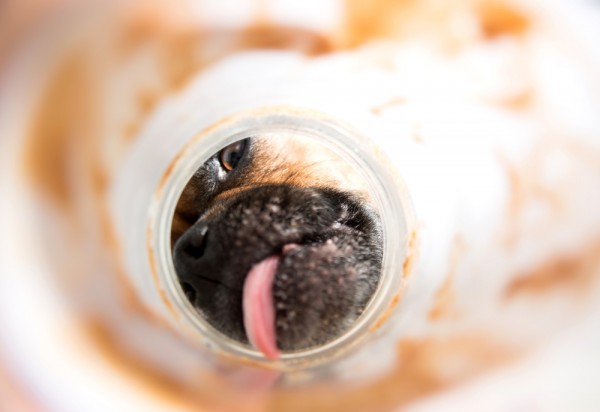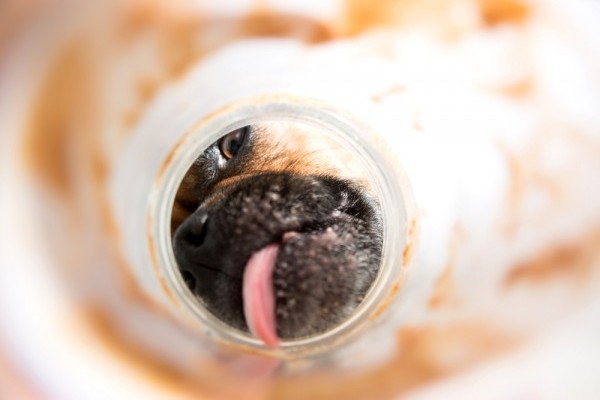Dogs and humans share many similarities in medicine and physiology; the similarities are far more numerous than the differences.
But the devil is in the details, and when it comes to xylitol, the details make all the difference. Look up xylitol for humans and you will see long lists of uses and benefits. Look up xylitol for dogs and you will see little other than a discussion of how poisonous it is.
Xylitol is a naturally occurring product, found in corncobs and birch trees. Its use is promoted in humans because, unlike sugar, it does not raise the acidity level of the mouth. Acids in the mouth erode tooth enamel, which in turn lead to cavities. Furthermore, xylitol may impede the growth of bacteria that lead to dental problems in people. Xylitol also may be of benefit in the treatment of certain ear infections and osteoporosis. Furthermore, it is used in some forms of intravenous nutrition.

Xylitol started off as a fringe sweetener that was not widely available. That has changed dramatically in recent years. Xylitol now is a leading sweetener in sugarless gums and candies. It is being used in some commercially available chocolate bonbons. It is used to sweeten a growing number of medications. It may be found in mouthwashes and toothpastes (and even in plaque reducers for dogs). It even has found its way into a stalwart of canine pleasure: peanut butter.
For the dogs among us, this is nothing but bad news. Xylitol is horrifyingly dangerous to them. Unfortunately, dogs, in a manner similar to their human companions, like to eat sweet things. They find xylitol palatable, and they are drawn to it like moths to flames. It has earned its way onto the A-list of deadly toxins that my patients consume.
After xylitol is consumed by a dog, it is absorbed into the bloodstream. That is when things start to go wrong. Dogs’ blood sugar regulation systems mistake xylitol for real sugar in the blood. The system, mistakenly acting as if blood sugar is too high, reacts by releasing a hormone, insulin, that causes blood sugar to drop. As a result, the true sugar levels of the blood become dangerously low.
Therefore, the first symptoms of xylitol ingestion are those of low blood sugar. Dogs may become disoriented or cranky. They may stagger and lose their balance or footing. They may become mentally dull and stare into space. The symptoms may rapidly progress to seizures and coma; if not addressed, organ damage and death may occur.
Urgent veterinary intervention is needed in cases of dogs who display symptoms due to xylitol ingestion. The veterinarian’s first goal will be to normalize blood sugar with a continuous intravenous infusion of dextrose. This treatment generally is necessary for approximately 24 hours. Regular monitoring of blood sugar is necessary during this time. Decontamination (inducing vomiting, pumping the stomach, and/or administering enemas) also may be implemented.

In most cases, veterinarians also will start medications and supplements that support liver health and will recommend regular testing of the liver. This is because the bad news for dogs who have consumed xylitol does not stop with low blood sugar. Fulminant acute liver failure is possible as well, especially if lots of the stuff has been consumed.
The cause of liver failure in dogs who have ingested significant quantities of xylitol is not known.
Regardless of what causes it, liver failure is a very dangerous complication of xylitol ingestion. Symptoms may include lethargy, poor appetite, vomiting, diarrhea, abnormal bleeding or bruising, swelling of body parts, coma, seizures, and death. Treatment involves blood product transfusions, ongoing medications and supplements to support the liver, and symptomatic treatment for vomiting and other maladies. The prognosis for dogs who develop liver failure after ingesting xylitol is highly guarded; many will not survive.
Xylitol is too dangerous to be mixed with dogs. In my opinion, people need to make a choice: You can have xylitol in your life, or you can have dogs in your life. I choose dogs, and I make it clear to all that xylitol is forbidden in my home.
If your dog consumes xylitol, time is of the essence. Call your vet to let her know you’re on the way (don’t ask for an appointment — just say you’re coming). Be sure to bring any available packaging and product information with you. Then, while you’re en route, call the ASPCA’s Animal Poison Control hotline at (888) 426-4435. The specialists at Poison Control have access to proprietary recipes and xylitol contents of various products. They will be able to determine your dog’s risk level as well as help the vet take the appropriate actions to help your pet.
Got a question for Dr. Barchas? Ask our vet in the comments below and you might be featured in an upcoming column. (Note that if you have an emergency situation, please see your own vet immediately!)





